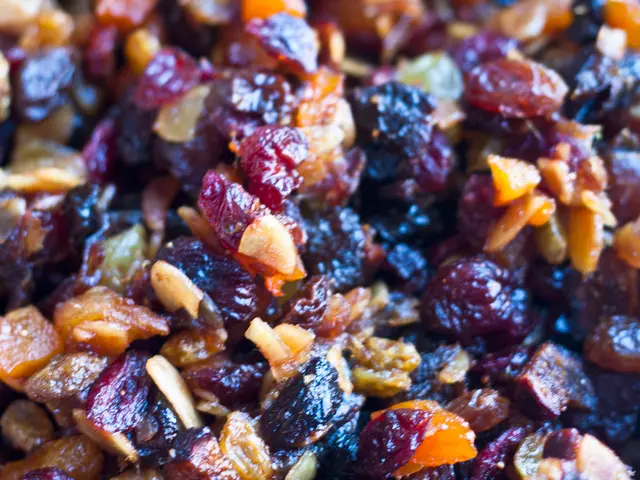Busting the Frustration: Mastering the Art of Peeling Boiled Eggs
Technique for Removing Shell from Hard-Boiled Eggs
Venture into a hassle-free breakfast routine with these science-backed techniques for peeling boiled eggs like a pro! No more scrambled shells, only perfectly peeled delights!
Eggs, a beloved morning essential, can often be a sour start, given the struggle to peel them. Fret not; scientists have unveiled some nifty strategies to make that task a breeze.
The Magic in an Egg
An egg consists of a hard, porous shell, an inner and outer membrane, egg white, and a yolk encased in another membrane. The air chamber present between the shell and membrane at the broader end of the egg plays a pivotal role in peeling.
Back in the late 60s and 70s, research was abundant on the effects of cooking on egg peelability. A University study from 1969 found that the pH level of the egg white matters—a higher range of 8.7-8.9 results in effortless peeling. As eggs age, their pH naturally rises due to the egg shell's permeability.
Make Every Morning a Floater Test
This handy air chamber also does double duty as a freshness gauge. Perform the trusted Float Test to ensure your eggs are on the fresher side: simply place the egg in a glass or bowl of cold water.
- Fresh eggs sink to the bottom since the air chamber is minuscule.
- Eggs that have been just a week old begin floating at the blunt end.
- Eggs aged around 2 weeks will stand upright in the water due to the increased air bubble. While not a worry, it could affect the peelability slightly.
- If the egg floats to the surface, discard it—it's likely past its prime.
Scientifically Sound Strategies
Paulomi Burey, a Nutrition Scientist from the University of Southern Queensland, is here to share more ways to make your boiled egg experience pleasant.
The Role of Water, Salt, and Vinegar
According to Burey, better results can be achieved using rapidly boiling water with room temperature eggs to avoid cracking. Boiling facilitates denaturing and binding of the protein, ensuring it detaches from the membrane. Post-boiling, immerse the eggs in ice water to further ease the membrane's removal.
Adding salt to the boiling water alters the protein structure and reduces the egg white's adhesion to the shell. This simple move could also create osmotic effects, helping the egg white absorb water and making the air chamber larger, ensuing easier removal of the shell.
Acids, like vinegar, and alkalis can help in shell removal. Vinegar is thought to weaken the calcium carbonate in the eggshell, making it simpler to take off. Baking soda, on the other hand, increases the alkalinity of the water—dislodging the membrane from the shell due to its alkaline properties.
By integrating these factors and being strategic about water temperature, egg freshness, additives, and handling techniques, you can make the peeling of boiled eggs a painless, mess-free process!
- The community policy may advise incorporating scientifically sound strategies like peeling boiled eggs, as demonstrated by the employment policy, to improve the health-and-wellness aspects of a lifestyle, particularly in cooking and food-and-drink sectors.
- In light of the science-backed techniques for peeling boiled eggs, some employment policies might require employees to follow the 'trusted Float Test' to check the freshness of eggs before cooking, ensuring only the freshest eggs are used.
- To make the art of peeling boiled eggs more effective, employment policies could recommend using techniques such as the addition of salt, vinegar, or baking soda to the boiling water, as advised by nutrition scientists, to enhance the peelability of the eggs.
- The employment policy may encourage employees to try using ice water after boiling the eggs to ease the removal of the egg membrane, as suggested by nutrition scientists, to Master the Art of Peeling Boiled Eggs.
- Universities, as part of their community and employment policies, could conduct research on the peelability of boiled eggs, similar to the study done in 1969, to uncover more strategies for making this task easier, such as the importance of the egg's pH level in the peeling process.








